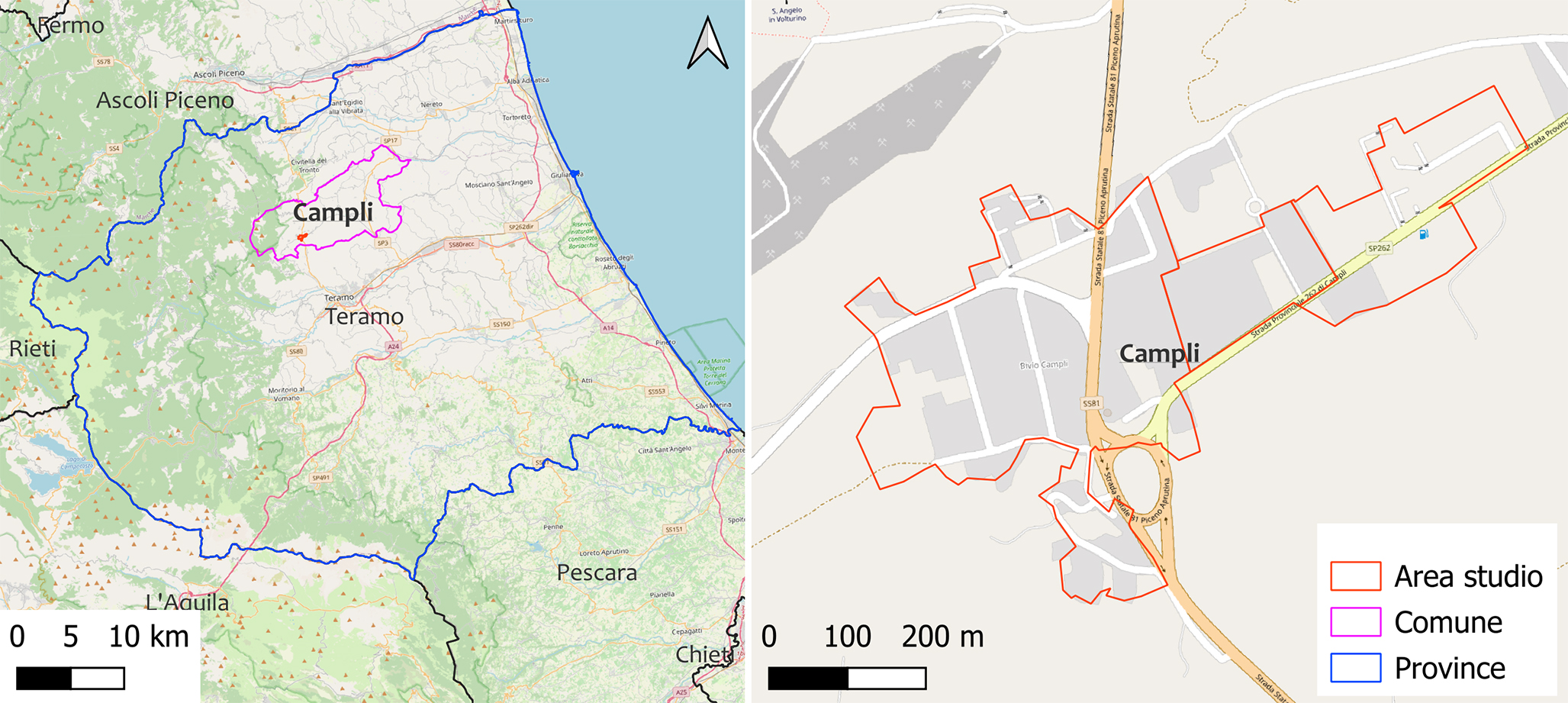
Published 2024-12-30
Keywords
- renewable energy,
- local government,
- energy transition,
- inner area,
- local communities
How to Cite
Copyright (c) 2024 Cristina Montaldi, Francesco Zullo, Luca Giannobile

This work is licensed under a Creative Commons Attribution 4.0 International License.
Abstract
The growing importance of energy independence and security has been amplified by rising prices due to ongoing conflicts and the need for decarbonization. Renewable Energy Communities (RECs) have been introduced at the European level as autonomous entities aimed at facilitating the integration of renewable sources and promoting local energy production. Despite the residential sector offering significant potential, legal and administrative challenges, as well as decisions regarding the placement of these communities, continue to hinder their widespread adoption, particularly in Italy’s inner and southern regions. This study focuses on highlighting the potential economic, environmental, and social benefits associated with the establishment of an REC in a residential area of inner Abruzzo. Specifically, the analysis covers Campli, a municipality in the province of Teramo. The municipality is characterized by a complex territorial structure (with 42 localities), it is partly within the Gran Sasso and Monti della Laga National Park, it included in the 2016 earthquake zone and classified within Italy’s inner areas (SNAI). In this study, the proposed REC model envisions energy sharing from renewable energy systems installed on existing rooftops, with direct involvement of local citizens and public administration.

